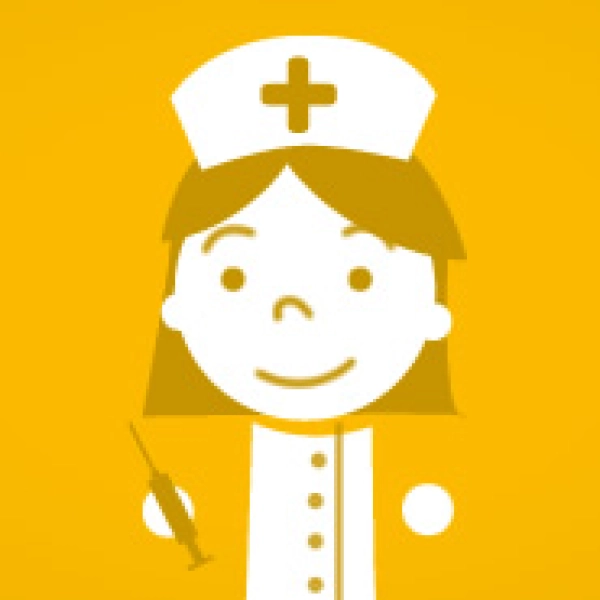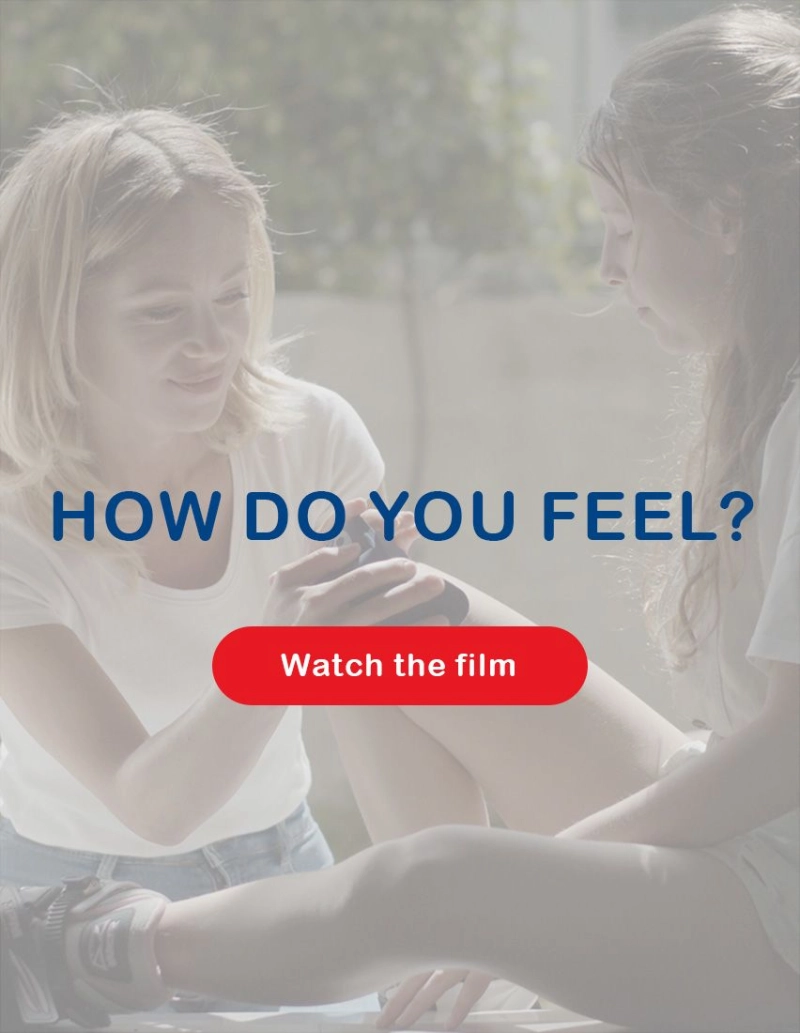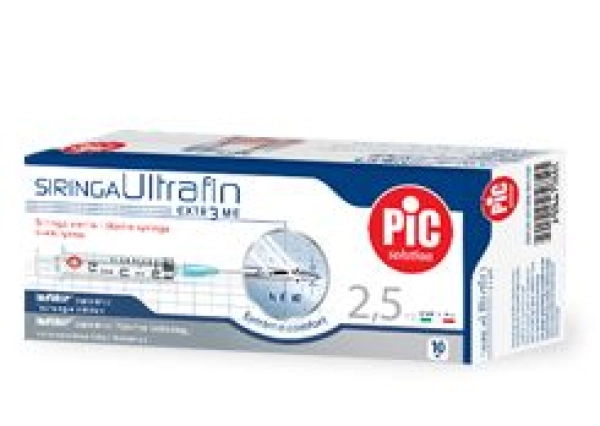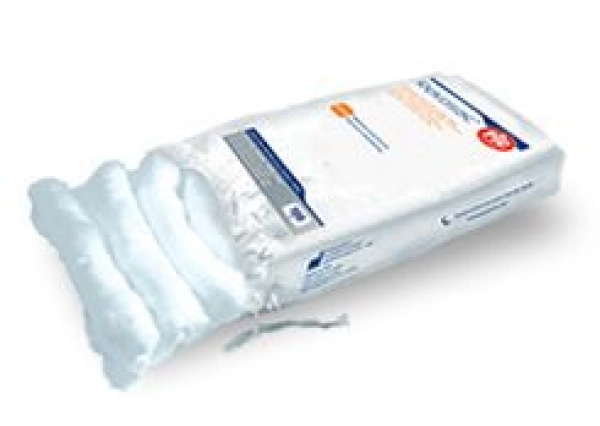

Belonephobia is a fear of needles that can manifest as anxiety or panic attacks triggered by the presence of such objects. Extreme forms of belonephobia are not restricted to a fear of syringe needles but can also include a fear of pins, toothpicks and knives with a pointed tip. Belonephobia can be associated with other directly related phobias or anxiety disorders such as haemophobia (fear of blood), algophobia (fear of pain) and iatrophobia (fear of doctors).
Belonephobia affects up to 10 percent of the population and is officially recognised by the American Psychiatric Association. In most cases, the disorder can be overcome with psychotherapy.
Several studies have shown a higher frequency of belonephobia in children with the phobia tending to become weaker as they grow. Fear of needles is equally prevalent among males and females.
Belonephobia probably results from a complex interaction between multiple factors including environmental experiences, trauma related to medical procedures, and learned behaviours, such as seeing a family member react fearfully.
Risk factors that can contribute to a fear of needles are hyperprotective or excessively anxious parents, who may involuntarily instil a fear of medical circumstances, including injections.
Behavioural treatment for belonephobia calls for 2 phases: the first is recognising the problem and digging deeper with techniques for relaxation and control and, in the final step, progressive exposure to needles.
This means coming face to face with needles: the behavioural approach maintains that the same stimuli that trigger the fear of needles (in some cases even images of the object) can be used to overcome the phobia. This preparatory phase continues until the patient becomes accustomed to needles. At that point, exposure to triggers is initiated according to a predetermined sequence until the patient is able to deal with stronger exposure. According to the behavioural approach this exercise "neutralises" fear of needles in 90-95% of cases (a noteworthy percentage!).
New digital approaches can help when the presence of a pin or a needle triggers uncontrolled reactions. These include virtual reality and augmented reality.
The former enables exposure to needles in a thoroughly artificial environment (since everything is simulated by software), whereas the latter creates an immersive environment where real items and virtual objects are both present, providing an experience that appears more authentic.
In the event that the behavioural approach is unsuccessful even after using new digital technology and the fear of needles remains, it is best, when medical treatment with pointed devices is required, to inform medical staff of the phobia and adopt the solutions they recommend.





